Whether you eat exclusively gluten-free or just buy the occasional box of gluten-free cookies because “they’re actually good, I swear,” (or honestly, even if you don’t know what gluten is) you’d hope that products labeled gluten-free would actually be free of gluten.
I mean, that’s what the label says, right?!
But gluten-free labels aren’t as much of a guarantee as you’d hope.
In this article, one of my nutrition interns, Sarah, breaks down the not-so-straightforward world of gluten-free labeling.
She uncovered a few key loopholes even I was unaware of.
Before you go grocery shopping again, you’ll wanna read this!
Sarah is a Registered Dietetic Technician who’s currently working in a hospital and will soon be continuing her training to become a Registered Dietitian.
I’ll let her tell you more:
My nutrition philosophy is similar to Lily’s in that I believe in a healthy balance between real foods and real life. My initial interest in dietetics began when I was diagnosed with celiac disease at the age of sixteen. With implementation of a naturally gluten-free diet, I found health, happiness, and a positive relationship with food.
As a Celiac, I am passionate about gastrointestinal disease awareness and debunking myths behind the gluten-free craze that has developed in recent years. Today I am going to be addressing the mystery behind the gluten-free diet and gluten-free products and their labeling laws.
If you have been to the grocery store lately, you have undoubtedly come across food items that are labeled “gluten-free”.
In fact, nowadays, most grocery stores have entire aisles dedicated to gluten-free products. Sales of gluten-free foods have increased by 63% totaling 10.5 billion in 2013 (1,2).
It might make you wonder: Why is “gluten-free” so popular?
Let’s start with the basics.
What is gluten?
Gluten is a protein found in wheat, barley, and rye.
It can be found in a variety of foods such as bread, cereal, crackers, baked goods, salad dressings, sauces, gravies, and soup. In processed food products, it’s often the “glue” responsible for holding foods together and giving it a light, fluffy texture. This is why some gluten-free products like bread are dense, crumbly, or full of holes!
Why do people eat gluten-free?
Well for a lot of reasons! The main group includes people who have been diagnosed with celiac disease, an autoimmune disorder for whom the only treatment for disease management is a strict gluten-free diet.
Others may choose to eat this way if they have non-celiac gluten sensitivity, wheat allergy, irritable bowel disease, or other health conditions. People may also, however, purchase gluten-free foods due to a simple personal taste preference.
As a Celiac, I had to switch to a gluten-free diet in order to get rid of my nagging symptoms like severe stomach pain, constant bloating, and extreme fatigue. For me (and anyone with celiac disease), this isn’t the type of diet where a little “cheat” here and there is okay. If I accidentally eat gluten, I get sick to my stomach within the hour and spend the next 24 to 48 hours recovering. My severe reaction to gluten makes it hard to eat out of the house, especially at restaurants or on food-centric holidays like Thanksgiving.
For those like myself, a gluten-free diet is the difference between a healthy life and an early death.
How did gluten-free products get so popular?
From 2013 to 2014, there was a 7% increase in the number of Americans who claimed to follow a gluten free diet. In response, food manufactures began to create gluten-free labels for their originally gluten-free products and develop new gluten-free alternatives to appeal to a wider market.
Unfortunately, without clear regulations, not all of these products were actually free from gluten causing many people to get sick.
In turn, it became a gamble at the store when trying to pick a gluten-free product that was safe to eat.
Gluten-free labels finally get attention!
With millions of new gluten free products on the rise, the U.S. Food and Drug Administration (FDA) finally stepped in to standardize the definition of “gluten-free” to ensure safety and consistency across the market. On August 5th, 2014, the FDA issued a final rule defining the term “gluten-free” for voluntary use on product labels (3).
Intuitively, this may seem like an unnecessary rule.
A food labeled “gluten-free” should be 100% free of gluten containing ingredients, right?
Unfortunately, this is not always the case.
Is That Gluten-Free Product Really Gluten-Free?
There is a great misunderstanding behind the FDA’s guidelines, but today we are breaking it down into 6 frequently asked questions to help set the facts straight.
6 FAQ about Gluten Free Labeling Laws
1. How does the FDA define gluten-free food?
Foods are considered gluten-free if they are inherently free from gluten (e.g., fruits and vegetables). They also meet the criteria if they do not contain an ingredient that is:
- a gluten-containing grain (e.g., spelt wheat)
- derived from a gluten-containing grain that has not been processed to remove gluten (e.g., wheat flour)
- derived from a gluten-containing grain that has been processed to remove gluten (e.g., wheat starch), if the use of that ingredient results in the presence of 20 parts per million (ppm) or more gluten in the food.”
In other words, any unavoidable presence of gluten in food must be less than 20 parts per million (ppm) or 20 milligrams of gluten per kilogram of food.
2. Why is 20 ppm allowed instead of 0 ppm?
There are two main reasons:
- 20 ppm is the lowest level of gluten that can be consistently detected in foods using the FDA’s scientific analytical tools.
- According to the FDA, most individuals with celiac disease can tolerate trace amounts of gluten in food (up to 20 ppm) without signs of adverse health effects.
[NOTE from Lily: Tolerance of “trace amounts of gluten” is still up for debate in the nutrition research.]
3. What are the FDA gluten-free labeling requirements?
If food products meet the requirements listed above, manufacturers may voluntarily label foods with the phrases:
- “gluten-free”
- “free of gluten”
- “without gluten”
- “no gluten”
The rule applies to all FDA-regulated packaged foods, dietary supplements, and all imported foods.
However, it does not apply to alcoholic beverages! These are regulated by the U.S. Alcohol and Tobacco Tax and Trade Bureau (TTB), not the FDA.
4. How does the FDA enforce gluten-free labels?
Food manufactures are responsible for ensuring that food products bearing a gluten-free claim meet the requirements, but are not required to test the gluten levels in individual ingredients or complete food products.
The FDA, however, does encourage the use of quality control tools during manufacturing. Occasionally, the FDA will perform gluten analysis of product samplings, inspections of food manufacturing facilities, consumer complaint follow up, and food label reviews.
If it’s discovered that a food product does not meet the FDA gluten-free definition, manufactures may voluntarily recall their products and are responsible for identifying and correcting the manufacturing issue or removing the gluten free claim from their product.
NOTE from Lily: To me, it’s very concerning that food manufacturers are expected to regulate themselves when it comes to gluten-free products and labeling. I also find the “voluntary recall” of products found to be contaminated with gluten completely shocking!]
5. What about gluten cross contamination?
Cross contamination refers to the unavoidable presence of gluten in foods due to contact with gluten-containing foods. It usually occurs in response to crop rotation, shared harvesting equipment, or the production of both gluten-free and gluten-containing food in the same facility.
As long as the product itself does not contain more than 20 ppm gluten, then it can still bear a gluten-free claim despite the potential for cross contamination.
The final ruling does not prohibit the inclusion of warning statements such as “made in a factory that contains wheat products.” The FDA regulates products with these statements on a case-by-case basis to ensure that the claim is not misleading to consumers.
You may have heard of this gluten-cross contamination story:
On October 5, 2015, General Mills voluntarily recalled Cheerios and Honey Nut Cheerios produced at a Lodi, California facility in July due to a cross-contamination incident. Wheat flour contaminated the gluten free oat flour system resulting in an undeclared allergen, wheat, in their products labeled gluten-free. One sample of a Honey Nut Cheerios box contained 43 ppm gluten, over double amount allowed in products labeled “gluten-free.”
As a gluten-free product consumer, this incident directly affected me! After months of seeing Cheerios with the new gluten-free label on the shelves of the grocery, I finally decided to give them a try. Reminiscent of my childhood, I was excited to test out the new product. I bought my box of Cheerios on October 4th, the night before the recall and tried a handful as a snack before bed. After a sleepless night of stomach cramps and nausea, I heard about the recall the next morning. While I am thankful that General Mills issued a recall and took responsibility for their mistakes, this incident proves that consumers still need to be mindful of their purchases and prepared for the potential of cross-contamination.
6. Is there an official gluten-free symbol you can trust?
The final FDA rule does not include an official gluten-free seal. Food manufactures may include the logo of gluten-free certificate programs on their packaging (along with the phrases “gluten-free,” “free of gluten,” “without gluten,” or “no gluten”), but the FDA does not endorse or recommend any particular parties. Third party certificate programs must meet the FDA’s minimum criteria for gluten free claims.
There are three such programs: Gluten-Free Certification Organization (GFCO), the Celiac Support Association (CSA), and the Gluten- Free Certification Program (GFCP).
The GFCO gluten-free standard is less than 10 ppm gluten and currently has logos on 1,417 brands and 23,500 products.
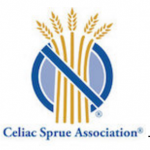
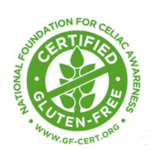
So is that gluten-free product really gluten-free?
In three recent studies of gluten-free food sold in the United States, 95% – 99% of products met the FDA guidelines by containing less than 20 ppm gluten. (Pract Gastroenterol, 2013)
In one of these three studies, 336 packages of food representing 112 different products were tested. The testing revealed that 90.6% of the food extractions were actually below 5 ppm gluten, much lower than the FDA’s 20 ppm standard (N Engl J Med, 2004).
Despite the FDA’s final rule, there is still confusion about the labeling and safety of gluten-free foods.
Here are a few examples:
- Foods labeled gluten-free may not contain malt, malt extract, or malt flavoring (which are derived from gluten-containing grains). In previous years, this caused some confusion for manufactures such as Van’s and Boulder Canyon who incorrectly labeled their products with malt ingredients gluten- free (J Acad Nutr Diet, 2015).
- Oats may be included in single-ingredient or multi-ingredient foods labeled gluten-free as long as gluten-free labeling criteria are met. Oats that have not been specially produced to be gluten-free, however, are highly likely to be contaminated with gluten. In one study, twelve samples of three different brands of oats were tested for gluten. All brands had at least one container that tested above 200 ppm gluten. Only three of the twelve samples contained 20 ppm or less gluten, therefore not meeting the current FDA standards. As a result, oats without the gluten-free label cannot be guaranteed gluten-free despite their inherent gluten-free nature (Pract Gastroenterol, 2013).
- Wheat grass, barley grass, and rye grass are allowed on gluten-free labels as long as the food product meets the final ruling guidelines. The young grasses of these plants are different from the grains wheat, barley, and rye (J Acad Nutr Diet, 2015).
[NOTE from Sarah: For those looking for safe gluten-free rolled oats, I have found Trader Joe’s Gluten Free Rolled Oats to be both delicious and free from cross-contamination. If you’re looking for other brands, look for “certified gluten-free” on your container of oatmeal!]
Future changes to gluten-free labeling?
On November 18th, 2015, the FDA published a proposed rule that would establish requirements for “fermented, hydrolyzed, or distilled foods or ingredients that are labeled “gluten-free.”. Currently, gluten tests do not adequately detect gluten in these foods.
To qualify for a “gluten-free” label, these foods would still have to meet the requirements established in the FDA’s final gluten free labeling rule. In addition, the manufactures would have to be able to prove that the food had less than 20 ppm gluten before fermentation or hydrolysis and identify the potential for cross-contamination.
Can you trust the gluten-free label?
Although navigating the hundreds of gluten-free products on the market can seem intimidating, the FDA’s final rule helps to ensure that foods labeled gluten-free are safe for consumption as part of a gluten-free diet.
As a precaution, however, you should always read food labels before purchasing to ensure that the manufacturer has not removed the gluten-free claim or changed the ingredients of the product. In commonly contaminated items, like oats, you may also want to look for products that are “certified gluten-free.”
The safest option: eating naturally gluten-free
Living with celiac disease and transitioning to a gluten-free diet can be difficult. During the first few months after my diagnosis, I discovered that there were a few gluten-free alternatives that I was able to stomach and I did my best to adjust to the chewy, slimy pasta and the brick-like bread.
Now, just six years later, there seems to be a gluten-free alternative for every gluten-filled food item on the market: cookies, crackers, pretzels, bread, flour, cereal, waffles, granola bars, cake, cookies…The list goes on and on!
While the variety and quality of gluten-free foods has slightly improved, I still prefer to avoid eating most of them due to their lack of nutritional content (and the potential for contamination). When gluten-filled food ingredients are replaced with gluten-free ingredients, the products aren’t necessarily any healthier.
So, what do I eat if I don’t eat many of the gluten-free packaged foods found on grocery store shelves? Instead, I focus on getting my nutrients from real foods that are naturally gluten-free.
It’s healthier, tastier, and cheaper!
Here are some ideas of naturally gluten-free foods to eat:
- All fruits and vegetables
- Dairy products
- Beans, seeds, and nuts
- Fish, meat, poultry, and eggs
- Naturally gluten-free grains, such as brown rice and quinoa
A big thank you to Sarah for delving into the nitty-gritty details of gluten-free products and labelling laws for us!
Next time you’re at the grocery store and wonder “is that gluten free product really gluten free?” you’ll know exactly what to look for.
Before you go, we’d love to hear from you:
- Have you ever eaten a gluten-free product only to find that it actually contained gluten?
- Do you feel like you can trust the gluten-free label?
Until next week,
Lily
PS – If you get symptoms from eating gluten and are unsure if you might have celiac disease, wheat allergy, or non-celiac gluten sensitivity, read this.
PPS – If you’ve eliminated gluten, but still have unexplained symptoms despite a strict elimination diet, it’s probably time to consider accurate lab testing for food sensitivities.
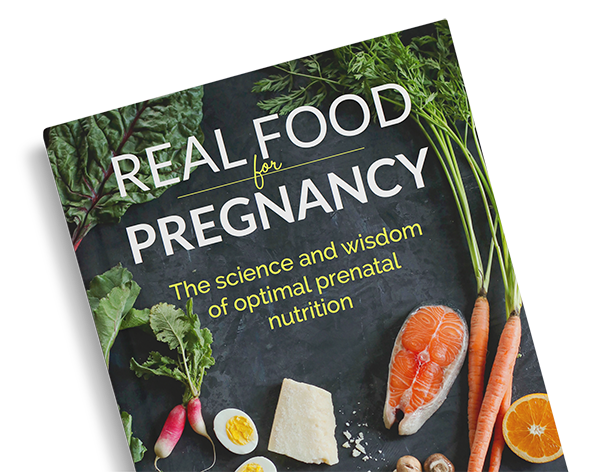
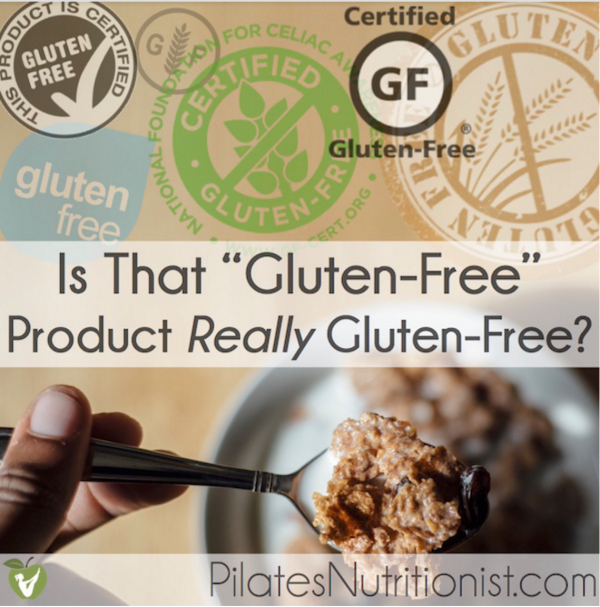
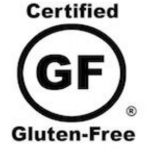
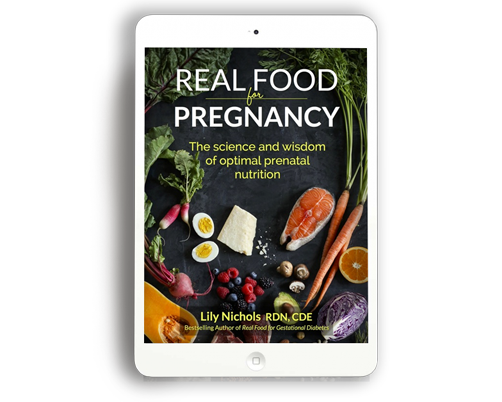
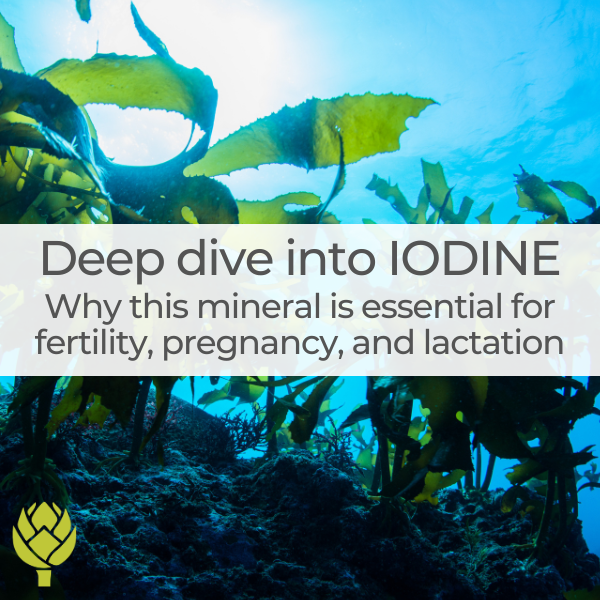

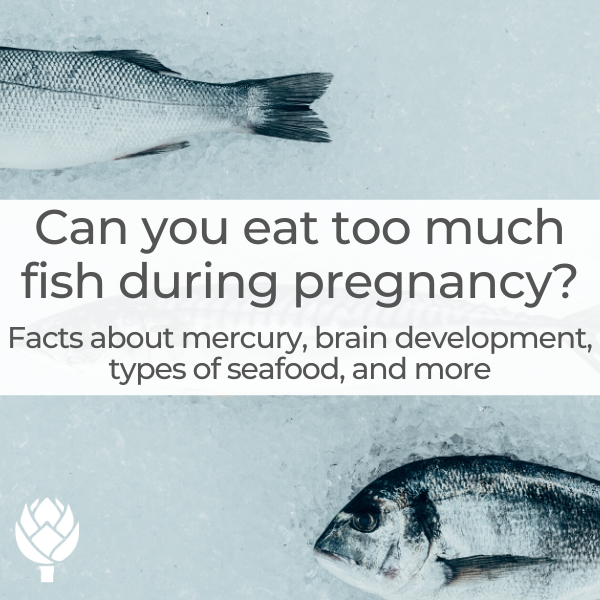
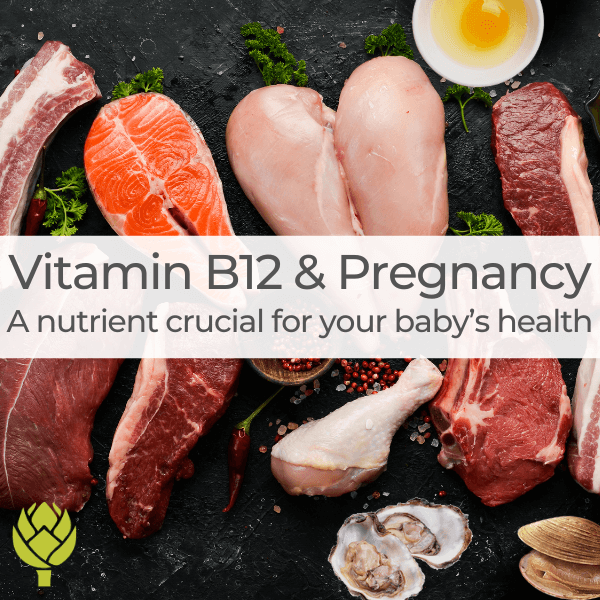

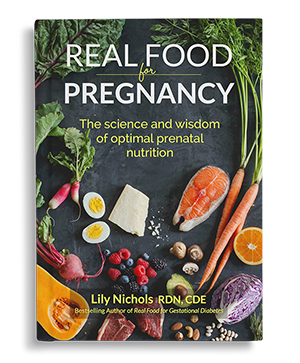
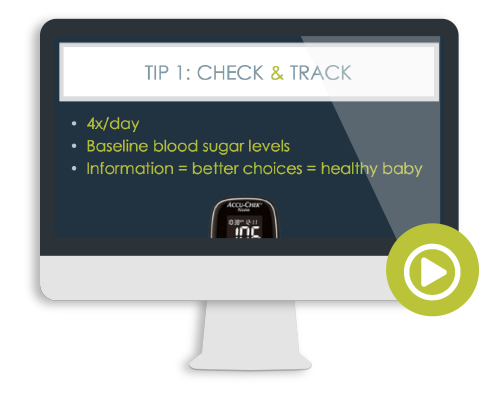
I’m not 100% gluten free but the majority of my food I try to keep void of gluten because the amount of people intolerant to it are increasing dramatically. I think that in all, it’s important to eat whole foods that you know for sure won’t have gluten on them so you don’t have to worry about labels as often.
The problem with manufactured gluten free foods is the raw materials may be gluten free but the product itself is not. I noticed after the FDA ruled on gluten ppm, manufacturers started to put “made on shared equipment” or “made is a facility that processes wheat, dairy etc.” This is their legal out if someone has a reaction to a supposedly gluten free product. I would tell all of my clients that gluten free is as Sarah writes: All fruits and vegetables
Dairy products
Beans, seeds, and nuts
Fish, meat, poultry, and eggs
Naturally gluten-free grains, such as brown rice and quinoa.
What many of my clients really wanted was a way to have their gluten free junk foods.
I came to this site after eating Trader Joe’s gluten-free whole grain bread and wondering if it was truly gluten-free. It tasted great and smelled just like French bread. Which made me pause. Does anyone have insights into this product that may help me?
Thank you for such an informative article! I also am wondering about the Trader Joe’s bread, and their other products marked gluten free that don’t include additional information regarding their manufacturing practices. Would love your insight!
Yes to your question about eating a “GF product” only to get sick with the symptoms I get when I consume gluten. Stopped at a convenience store and bought the oats and honey bar from “KIND”. It said “GF” but I didn’t know about the certification label until reading your article. I got sick and thought it was a fluke. I re-read the package and it said “GF”. So, the next day, I tried another bar. And sure enough, got my typical gluten symptoms. When I got home, I sent an email to the company….still waiting on a response. Thank you for your article. Very informative. Will definitely look for those labels!
I’ve been following GF diet for almost 10 years, and still get ill from eating GF products. I live in the UK, but our regulations are quite similar to yours with the 20ppm and labeling. I firmly believe those regulations are keeping people ill, and that a lot of GF products are a scam. The only way to get healthy, in my opinion, is to cut out all gluten and gluten-free products. Even check all medicines and supplements for undocumented gluten – e.g. maltodextrin, glucose derived ingredients, etc. Too many people being kept ill by lax laws that favour manufacturers, not those who are ill.
I absolutely agree.
Something needs to change because instead of helping those who have Celiac Sprue, this is a money maker that is contaminating us, what feels like slowly killing us. I had been eating gf for 15 years. I believe those that have not healed after this many years of eating gf products have a sense that these gf products are a scam. Our bodies do not want any gluten, we do not want any gluten in our food. It is so unfair that more people are not speaking up to make changes. If it is called gluten-free, it should have no gluten.
Yes. I actually ate Freschetta gluten free pizza. I didn’t realize it was the pizza making me sick because it takes 5 days for me to get flu like symptoms and allergies symptoms like sore throat and stuffy nose. I was eating pizza once a week with my family. It was good, they couldn’t really tell it wasn’t regular pizza. I ended up with a severe case of bronchitis for 4 months. I wondered if it was the pizza and took it off the menu. Yes, I finally got well again. A few months later I noticed Freschetta had added another logo that stated it was certified gluten free with association with the Celiac association. So, I chanced it and we all noticed how the crust was a lot flatter and not as good as the pizza only labeled gluten free.
The biggest problem I have is not being able to trust packages. I’ve had Celiac since we had to make everything from scratch, before the great boom in the Gluten free products hit markets.
I know before the government created a standard it was very rough. Many companies cheated on the parts per million. Schar and Glutino were the worst. As much as I’d like to be able to trust them it’s really tough to do. My daughter in law purchased me a bunch of Schar products for Christmas… sweet of her. But of course just this year they made me sick. I’m high sensitivity after years of cheating companies made me worse.
Red Robin, is the only restaurant that I know I can 100% trust. They are so careful and good. My family loves it.
Years ago Bob Evans, PF Chang’s and others were good, but they slowly ended up with poorly trained employees. Not long ago a PF Chang’s cook had me in the ER all night long. My guess is he used Soy sauce that wasn’t Gluten free since all I had was fried rice. I hadn’t eaten anything else so 100% know I got poisoned there.
I really wish celiac people could have a rating system of our own. It should a category for low and high sensativity. I’d love to find lots of new products I could trust.